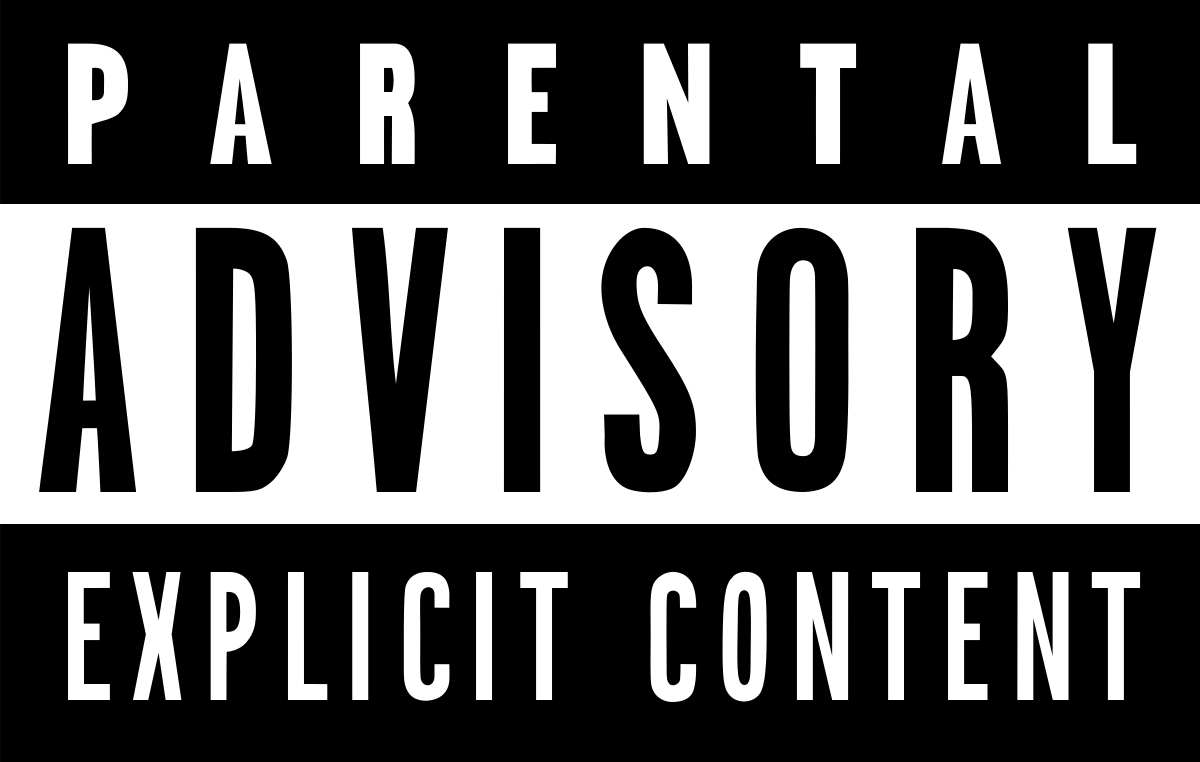
Prince & The Revolution: The COVID-19 Solidarity Response Fund Livestream
Dearly beloved, we are gathered here today to watch the most definitive record of Prince and the Revolution at their commercial peak, on one of the biggest musical tours ever mounted to that point.
It's to raise funds for the COVID-19 Solidarity Response Fund for WHO — and you can donate right here!
(Before we start: if you somehow don't already have your own copy of this album or concert, you should absolutely get the Deluxe Expanded version of Purple Rain for your collection.) The Syracuse concert was near the end of the Purple Rain tour, the 94th show of a run that had been scheduled for 99 shows, and that had already been sold 1.6 million tickets in 27 cities, and would go on to gross $72 million in today’s dollars — not counting merchandise or, you know, the twenty million movie tickets that had been sold for the Purple Rain film over the prior year, or the actual Purple Rain album, which had already sold over 9 million copies just in the United States on its way to eventually selling over 25 million around the world.

(Image by Thomas de Bruin from unused-prince-tickets.com)
There are so many more huge numbers associated with the Purple Rain tour: There were 40,000 people in the crowd in Syracuse! The crew consisted of 105 people who traveled on twelve buses! But at its heart, this was a Prince show, and so ultimately it was still all about the music.
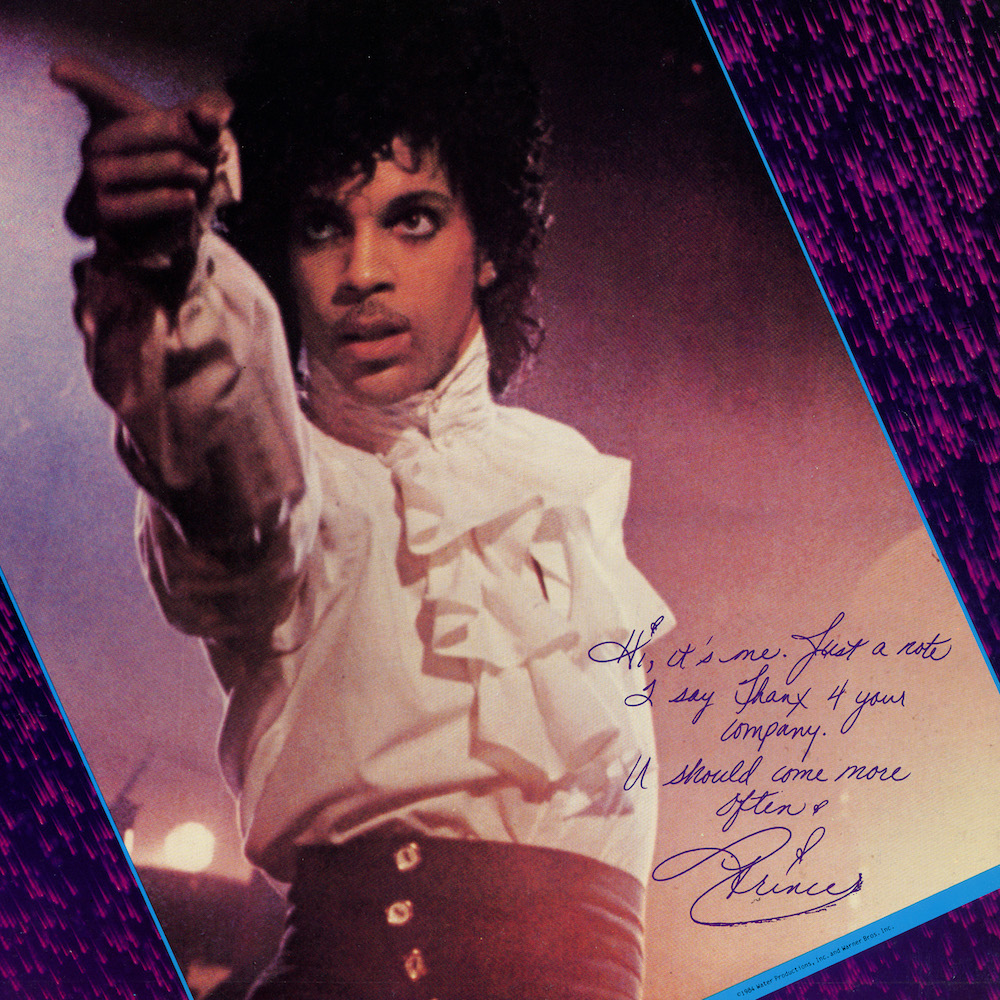 Prince's handwritten greeting from the Purple Rain tour book.
Prince's handwritten greeting from the Purple Rain tour book.
Let’s Go Crazy
The show starts as the album starts as the movie starts: With the inimitable organ chords that kick of Prince's sermon to open "Let's Go Crazy". As those chords begin, we see writing scrawled across the screen:
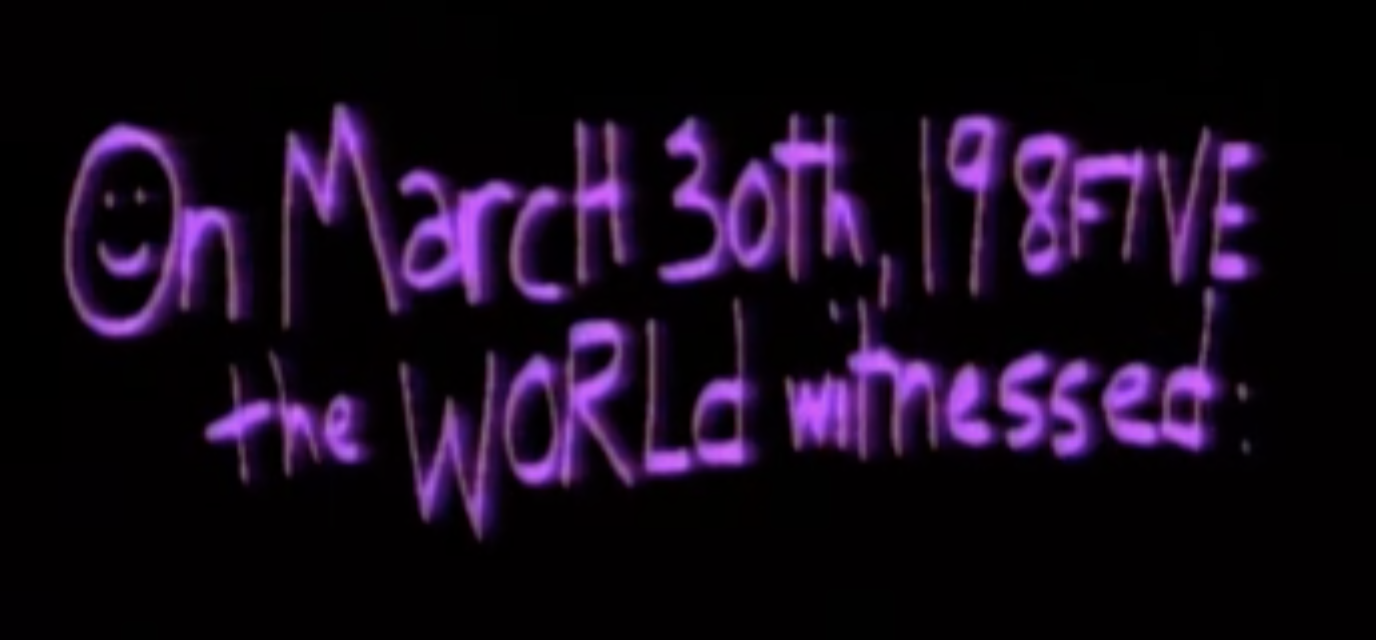
It's Prince's handwriting. Though we've seen that his script was as elegant, loopy and sensuous as the man himself, Prince would occasionally drop into his messier printed handwriting when he was going for a fun and casual vibe, as on his hand-scrawled cover art for the surprise club single of "Gett Off" that he released on his birthday in 1991.
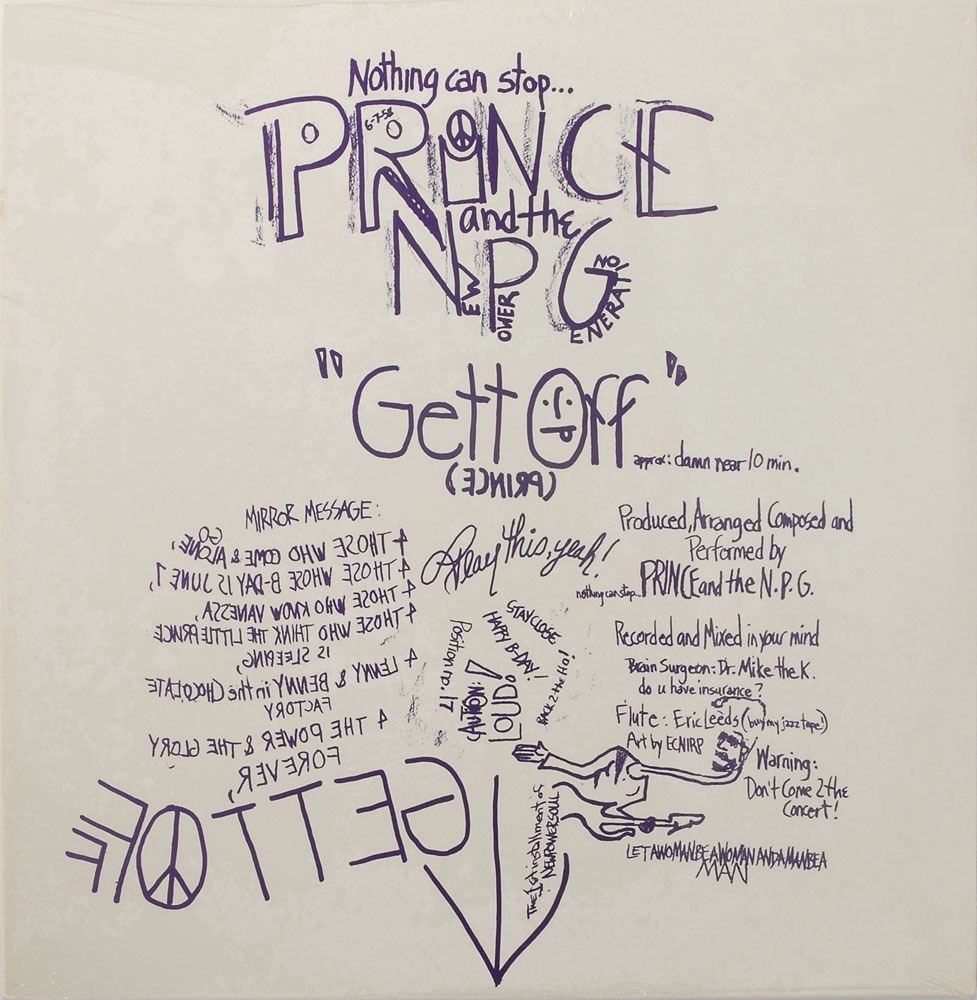
But the music! This time, Prince starts "Let's Go Crazy" with, "Hello, Syracuse and the world. My name is Prince, and I have come 2 play with u." Prince gives a shout to "...and the world" here because this concert was broadcast all across the world, including a live simulcast in Germany — reflecting how he was now becoming a global superstar.
The band rips through "Let's Go Crazy" in record time here, and we can see what a well-oiled machine the Revolution are by this point in the tour. Note how every single note and move includes full choreography for the entire band. This was a technique Prince had drilled into all his bands, including side projects like The Time. It's almost impossible to overstate the difficulty of pulling off complex choreography while singing and playing instruments at a level worthy of Prince's famous perfectionism.
Revolution guitarist Wendy Melvoin summarized it in Rolling Stone's oral history of the Purple Rain tour:
I had boots on, tons of jewelry, and my instrument and I had to sing and do choreography. It was literally the Olympics. We were like synchronized swimmers. If someone screwed up that thing, there’s not even a bronze medal. You’re just off the team. This was high stakes.
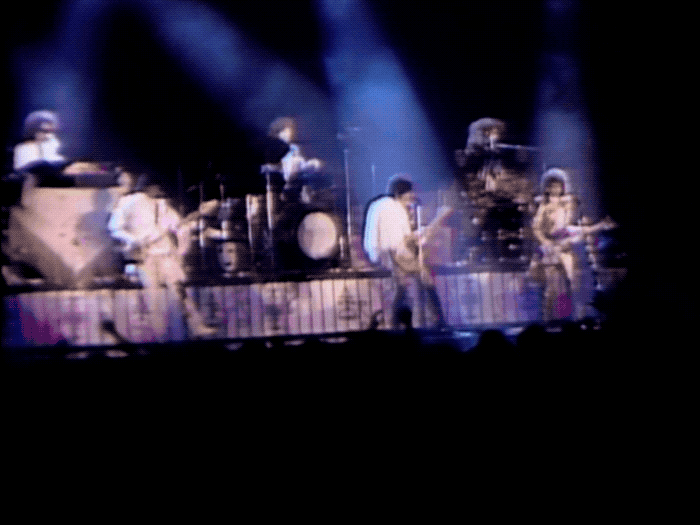
Finally, we come to Prince's scorching final guitar coda to "Let's Go Crazy" where he brings out his entire palette of Guitar Face expressions, from playful smirk to full Mustachioed Telecaster Orgasm. That final look may have been one of the inspirations for the creepy faces that Billy Crystal made in his impersonation of Prince that aired as the cold open for Saturday Night Live the same night as this concert. Riffing on Prince's decision to decline participating in the recording of "We Are The World" (then the number one song in the country), Crystal donned blackface, a not-infrequent trope in his career, and inflicted a cringe-inducing Prince parody on the world, complete with Julia-Louis Dreyfuss as The Revolution's Lisa Coleman. But I digress.
Delirious
The fiery finale to "Let's Go Crazy" leads with almost no break straight into "Delirious'. Though it gets overlooked in many later overviews of Prince's career, "Delirious" was a huge early hit for Prince during the 1999 era, bolstered by the fact that it was released as a single on the exact same day that Eddie Murphy's "Delirious" special debuted on HBO. Two of the biggest, and most culturally defining, artists of the 80s found a perfect synchronicity in their work despite there being, to my knowledge, no coordination between the two on the releases even though they were fans of each other's work.
As we start the song, Prince tears his shirt open wide and unapologetically swivels his hips, instantly upgrading the world from using Elvis as the reference for how to drive a crowd into a sexual frenzy based on a classic rockabilly groove. The somewhat odd early-80s resurgence of rockabilly was a repeated inspiration for Prince in this era, as on 1981's "Jack U Off" (off of Controversy), and "Horny Toad", which was the b-side to the "Delirious" single.
This arrangement of "Delirious" also shows how "Let's Go Crazy" had sections that evolved from earlier jams on "Delirious", including a surprising dissonant middle section that would eventually see release on the 12" extended version of "Let's Crazy", but that fits seamlessly into either song in a live context.
When Prince calls out "somebody call me a doctor!" as the song becomes a jam, it's a reference to keyboardist Matt Fink's stage name of "Dr. Fink", and here Fink ably takes over keyboard duties on the standout piano riff for the jazzy musical breakdown in the song.
Prince's theatrics in the middle of the song feature a gag he'd use often on televised performances, speaking off-mic to the crowd (often with messages that were a little too risqué to say on broadcast), which increased the intimacy of the show for those present, and helped reinforce to the audience at home that no recording or simulcast could ever compare to an actual live Prince show.
1999
The single most iconic keyboard line of Prince's career brings a roar from the crowd: It's 1999! Donning a newly-shiny version of his signature purple trenchcoat, a fixture of the then-culturally-dominant MTV, Prince begins by sliding down a fireman's pole and the Revolution rips through a largely-faithful rendition of the hit. The Revolution's choreography here is even more athletic than the version they'd used on the 1999 tour just two years earlier.
As the song breaks down into its jam section, take a moment to look back at Bobby Z (born Robert Rivkin) on the drums — he's often on his feet. Prince's intense focus on wanting to put on an extremely dynamic stage show had his drummer playing *standing up *so that he could do more dancing. (This was taking advantage of the fact that many foundational rhythms were played by the then-new technology of the drum machine in order to keep the rhythm going.)
The breakdown section of 1999 here includes a bit of "Reveille" played on a synthesizer that sounds like a tinny trumpet. It's an odd refrain and perhaps something of a nod to the weirdly Americana-focused tropes that Prince played with at the time (most notably in "America" off of Around The World In A Day, released a short time later in 1985). But "Reveille" itself reappeared in Prince's work several times over the years, almost always played with that same weird synthesized trumpet, as on "Chaos and Disorder", the title track from one of his 1996 releases, and "Man In a Uniform", from 1998's The Truth. It's probaby one of the least likely (and most obscure) repeated motifs in Prince's music over the years.
Little Red Corvette
A little fist pumping and guitar wankery, and we're on to Little Red Corvette, following "1999" in sequence just as it does on the album of the same name. It's hard to overstate what a sonic and cultural breakthrough this song had been for Prince, and worth remembering how fresh that would have been in everyone's mind during this show, just two years after the song had come out as a single.
The staging here again almost exactly mirrors the familiar music video, from lighting to the band's positions on the stage to even many of the smallest steps of Prince's choreography. Though the performance is undeniably charismatic (Prince's cute little breakdance move elicits screams as if it were his own moonwalk), it's easy to see why Prince would later characterize this tour as a bit too locked-down in format, not leaving much room for improvisation. This is an artist, after all, who would later do entire tours where he never played the same setlist twice, and even lengthy runs of shows where no individual *songs *were repeated.
Throughout the performance, we get surprisingly interesting synth textures and different voicings from the album version of the song, reflecting the increasing influence of Revolution keyboardist Lisa Coleman's broader musical palettes. Here she is, looking like an elfin creature in the tourbook for the show.
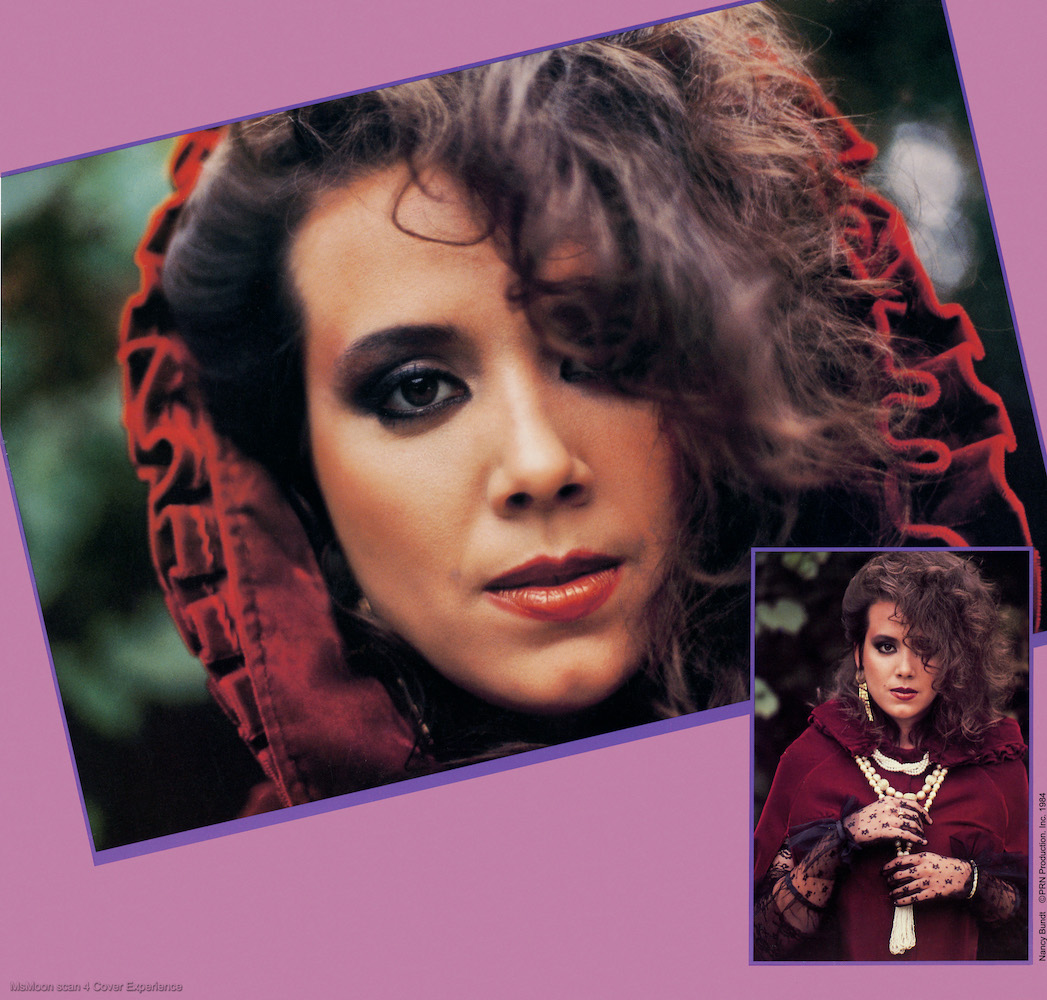
Take Me With U
The Revolution has often said that "Take Me With U" was one of their favorite songs to play live on this tour, because it was a chance to turn up the house lights on the crowd and start a singalong, as the band does here. But almost as quickly as a groove gets going, Prince shows off his control of the band with an indulgent faux-nap in the middle of the song. It's a playful bit, but also seems to indicate just how much Prince had begun to focus on having fun with his role as a bandleader as opposed to the instrumental virtuosity he'd show off on other tours.
Fortunately, the Revolution came to groove on the song, and they funk it up in a way that the album version's string-laden romance had never even hinted at. Prince hypes up the crowd and coaxes as much of a funky roar as one can get out of central new York. This version of "Take Me With U" is fun, and the crowd work is terrific, but the best live recording of the song from this tour was turned into its actual music video.
As I'd said in Every Single Video Prince Ever Made,
Another scorching live performance, Take Me With U finds Prince and the Revolution at the height of their fame, during the Purple Rain tour, when they broke records selling out every seat in The Summit in Houston 5 times in one week. In lieu of Apollonia's duet vocals as on the recorded song, the song becomes a rocking jam session with Prince's searing guitar solo rocketing into another gear with an interpolation of his own "Controversy" at the 3-minute mark. Add in some weird but fun special effects that make you feel like you're flying through the air while Prince shreds on his guitar, and it's hard not to love this one.
After this, it's finally time to slow things down a bit. And it's worth remembering — at this point we're more than 23 minutes into the show and every single song played has been a Top 10 pop hit. The sheer depth of Prince's catalog of hits is really overwhelming in a concert context.
Interlude
Prince brings back his weird nods to Americana with a synth-driven version of "Yankee Doodle", featuring synth textures that deeply evoke the sound of the Around The World in a Day album which would be released just a few weeks later. All this crypto-jingoism acts as something of a reminder that this is a tour which began the same week that Ronald Reagan was re-elected.
We also see Prince and Wendy moving offstage to watch a laser light show, a move which seems to presage the central conceit of his 1987 Sign O' The Times tour, in which Prince and dancer Cat Glover repeatedly focus on watching a "crystal ball" (the plasma globe lights which were popular in the 80s). In retrospect, there's an odd aspect of straightwashing to Prince and Wendy's interactions here, but the digression passses quickly enough.
Prince's monologue here would later become more obvious as a way of testing out lyrics and song concepts in front of a live crowd, and many were ideas that when fully fleshed-out on record were pretty exciting. But as spoken dialogue in front of a crowd of tens of thousands, the effect wasn't as compelling as Prince's stage shows would become in the years to follow.
Do Me, Baby
As we begin the first ballad of the show, we also hear the first non-single and the first track dating back to before Prince's pop breakout with 1999. Basically, this is a nod to fans who knew Prince before he crossed over to white audiences. The performance is strong, but notably short, especially in comparison to how he'd stretch out with this song (and his other seduction ballads that followed) in concert.
Irresistible Bitch
At this point, we're fully into the part of the setlist that's clearly about Prince's tastes. This was the b-side to Let's Pretend We're Married, the least successful single off of 1999, and even the a-side was barely played on any radio stations. It's funky as hell, and the Revolution is in great form here, especially with Wendy Melvoin's work on rhythm guitar, but fully 39,000 people in this crowd had to have just been waiting for Prince to shake his ass at them.
Which, fortunately, he does.
Possessed
This is a pure band workout. Prince is fully asking the Revolution to fill in as his erstwhile JBs while he does his best James Brown. Running through perfect "stop on the one!" vamps gives Prince the chance to do his splits, mic stand tricks, and every other move he's got. After 90+ shows on the tour, Prince was also relishing his ability to give the subtlest of cues to the band and get an incredible response.
As Bobby Z says in that Rolling Stone history of the tour,
At our Syracuse show, he called out “sway from side to side,” and the entire Revolution moved like a piston in an engine back and forth.
We also see our first real appearance of Eddie M., who had been Sheila E's saxophonist in her opening act set earlier in the evening, but is now playing the part of Maceo Parker to Prince's James Brown.
And then to finish the song off with a bang, Prince cues the Revolution to play 25 hits — and they nail the count perfectly.
How Come U Don't Call Me Anymore
This is another song that would have been an incredible challenge for the audience at the time. Though it's a stone-cold classic now, it's worth remembering that this song was the b-side to 1999, meaning fans would have had to have bought the single of the song on a 45 or cassette in order to even know it. But it's no surprise why the song has become one of Prince's best-loved songs, it's an extraordinary bit of songcraft, and Prince alone on the piano onstage shows us why.
If you've ever heard the song before, do yourself a favor and take a moment to hear this alternate take of the song, released for the first time recently as part of the Deluxe Edition re-release of 1999.
Even though much of the crowd may not have known the song, Prince's performance is spellbinding, especially as he becomes the first male pop star to ever ask a crowd of tens of thousands to appreciate his lace-clad ass while cooing at them in a piercing falsetto.
The length with which Prince extends some of these vignettes onstage (along with his earlier spoken asides) seems in retrospect to indicate that he was using these unstructured parts of the concert to express himself as the rest of the setlist and performances became bound by much more rote choreography. No surprise, then, that the song ends with Prince talking about "Temptation" — a standout track from the *Around the World In a Day *album that would be released just a few weeks later, and which clearly had already captured Prince's attention.
Let's Pretend We're Married
Leading into "Let's Pretend We're Married", we get Prince ruminating about sexual temptation — a strong hint at "Temptation", another standout track on the then-forthcoming *Around the World In a Day *album. But before Prince's attention wanders too far to the future, he jumps back into a piano-led version of the 1999 standout "Let's Pretend We're Married". It was a single (albeit not one with much radio or MTV airplay) and while it's grounded in the drum machine on the album cut, here we get that rockabilly vibe from Prince again.
That feel is amplified by Eric Leeds on saxophone and Wendy on guitar. Eric is here at the very beginning of his work alongside Prince. (Eric had been introduced to Prince by his brother, the legendary Alan Leeds, who was tour manager on the tour.) But Eric would go on to be one of Prince's longest-lasting collaborators, working alongside him for nearly two decades, because he brought an element of jazz fluency that Prince hadn't studied as deeply, and because was extraordinarily talented on the saxophone, one of the few instruments where Prince wasn't a master.
International Lover
But almost too soon after the high energy of "Let's Pretend", Prince brings us back down, with a taste of "International Lover" along with a hint at the dialogue with god that would soon surface on his next album. It's clear at this stage that Prince's twin obsessions of the moment were his faith and his next album.
God
As if to make that obsession explicit, Prince then moves to "God". This b-side to "Purple Rain" is billed as the love theme to the film Purple Rain, but it's clearly much more of a spiritual tribute to Prince. These are among his most passionate and challenging vocals of this era, going far past simple lyrics into vocalizations that sometimes nearly veer into self-parody.
But Prince's passion here is evidently sincere, and Prince works the crowd into a frenzy with a deeply eccentric monologue that bounces effortlessly back and forth between spirituality and sexuality almost explicitly nodding to how much of the public discourse about him was fixated on those topics.
It's also apropos of the cultural moment — other major artists, like the then-nascent Madonna would mine the same territory to similarly massive cultural effect. In fact, just a month earlier on the Purple Rain tour, in Inglewood, CA, the closing encore of Prince's show featured both Bruce Springsteen and Madonna joining Prince and the Revolution on stage. It's a moment that seems almost impossible to rival in popular culture, and Wendy Melvoin summarized the surreality of the evening in the oral history of the tour:
Madonna came backstage and was in our dressing room, mine and Lisa’s, and wanted to use the bathroom. It was this true girl moment. We were each in our stalls peeing at the same time and she goes, “You guys are such badasses!” That was my first introduction to Madonna.
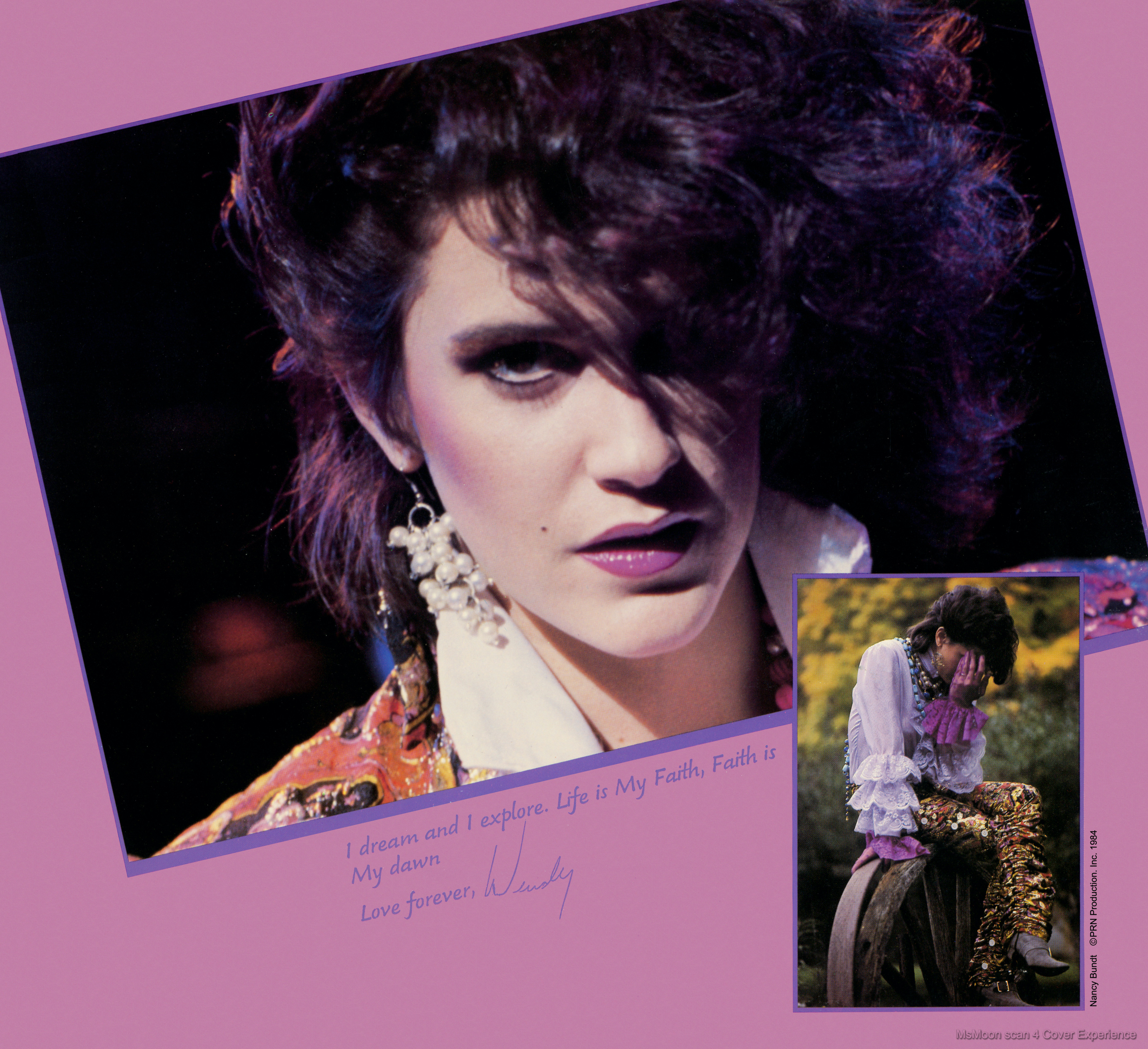
Computer Blue
Prince gets back into hard-jamming mode with the Revolution with the most musically challenging track from the Purple Rain album, "Computer Blue". Assembled from a suite-like series of different musical sections, the music here is outstanding, but almost slavishly faithful to its performance in the film and on the record. It's damn impressive the band is able to pull off such a complex piece so perfectly onstage, but it's also a stark contrast to Prince's later career, when he would rearrange songs in live performance to such a degree that they could almost be unrecognizable.
One fun bit to watch for here after Prince's guitar solo: He tosses his guitar far off into the air for one of his guitar techs to catch. It was another bit of brilliant stagecraft he'd return to often over the years, but that many know best as the capper to his legendary guitar solo on "While My Guitar Gently Weeps" during his induction to the Rock & Roll Hall of Fame, nearly twenty years after this show.
Darling Nikki
Another faithful performance of a standout *Purple Rain *track, "Darling Nikki" is absolutely relentlessly powerful onstage, and all the more amazing when we realize the album version of this song has every single instrument played by Prince.
But here, Wendy tears up the stage on her performance of Prince's guitar solo, more than holding her own on the track, and building on the incredible, intense energy of the track. The sheer power of this kind of performance makes it obvious why, more than another other single song in history, this song is the reason these stickers exist in culture.
The Beautiful Ones
As we come into the most emotionally intense highlight of the entire concert, we hear a tease of the lyrics to "The Dance Electric" backwards. Prince would later gift the song to his childhood friend and former bandmade Andre Cymone, and the original Revolution version would eventually surface on the Deluxe Edition release of Purple Rain.
Prince has the audience wrapped around his finger for this entire spellbinding performance, though it's notable that this is one of the few songs where we can tell that Prince was nearly 100 shows into this tour. Where his screams were almost always technically flawless, here we hear the first hints of some strain in some of his vocals, an unusual concession to human frailty.
But ultimately, The Beautiful Ones stands out as one of the great works of songwriting in Prince's entire catalog. Here, Prince's lyrical and vocal indulgences only amplify the power and resonance of the song, and it's a one-two punch with the next song of Prince somehow being more universal by being even more deeply personal. The weirder Prince gets, the more he makes sense.
When Doves Cry
For a lot of folks in the crowd, this is what they came to the show for. It's hard to overstate how omipresent and powerful "When Doves Cry" was in the year prior to this performance. It wasn't just the biggest song of the year, it was the song that defined a moment, whose sound was unavoidable.
In this performance, we also see the dominance of MTV in culture, as the screen-mirroring effect used in the closing moments of the official video is applied to the screen for the entirety of the performance. Though that gets a bit tired, the song still transcends because the live arrangement is pure funk in a way that the single itself hadn't been. Brown Mark stands out on a thumping bassline that was famously omitted from the song itself, and Wendy's rhythm guitar part connects the song sonically to the deep funk of Prince's earlier catalog standoutsl like "Controversy".
As is befitting a pop star at the peak of his popularity, Prince focuses on the dancing and showmanship here, but it's a shame as, on record, "When Doves Cry" features some of the best vocal ad-libs of his entire career. Instead, though, we get an undeniable onstage passion. And watch carefully — toward the end, when Prince drops his handkerchief, that's a cue to the band. The entire Revolution was expected to hit their musical cues based on when the hankie hit the stage. Here's how Lisa Colman put it:
You’d have to watch pretty darn closely. Every once in a while, to cue the end of a song, he’d throw a hankie into the air, and when the hankie hit the ground, that’s when we would stop. So you had to be able to see the ground, and if you’re backed up on a riser behind keyboards and cymbals, sometimes it was hard to see, like, “Oh no! The hankie disappeared!”
I Would Die 4 U
This live version of "I Would Die 4 U", paired with its sibling song to follow, are the pinnacle of the Purple Rain tour experience. For these encores, Prince would bring out his full retinue. In addition to the Revolution (expanded to include saxophonist Eric Leeds), opening act Sheila E.'s entire band would come out. And with them, Apollonia and her bandmates in Apollonia 6 — even though they weren't an opening act on the tour by this point. It was almost as if Prince is telling the audience, "You want the movie? Here you go!"
By late in the tour, the cohort onstage reached points of absurdity that sound like a parody of the 80s. Here are some folks in leotards! There's a chubby kid breakdancing! Over there is a mime! But fortunately, in this show, the material is the focus, and the entire funk army onstage is determined to display what a well-oiled machine they were by this poitn in the tour.
These performances of I Would Die 4 U were legendary workouts for The Revolution. The extended version of the song, as commercially released, was over ten minutes long, recorded at a soundcheck for the tour in an arrangement very close to what we hear in this performance. But even that release was edited down — from an original take that lasted over half an hour, and was only cut off because the recording machine ran out of tape.
